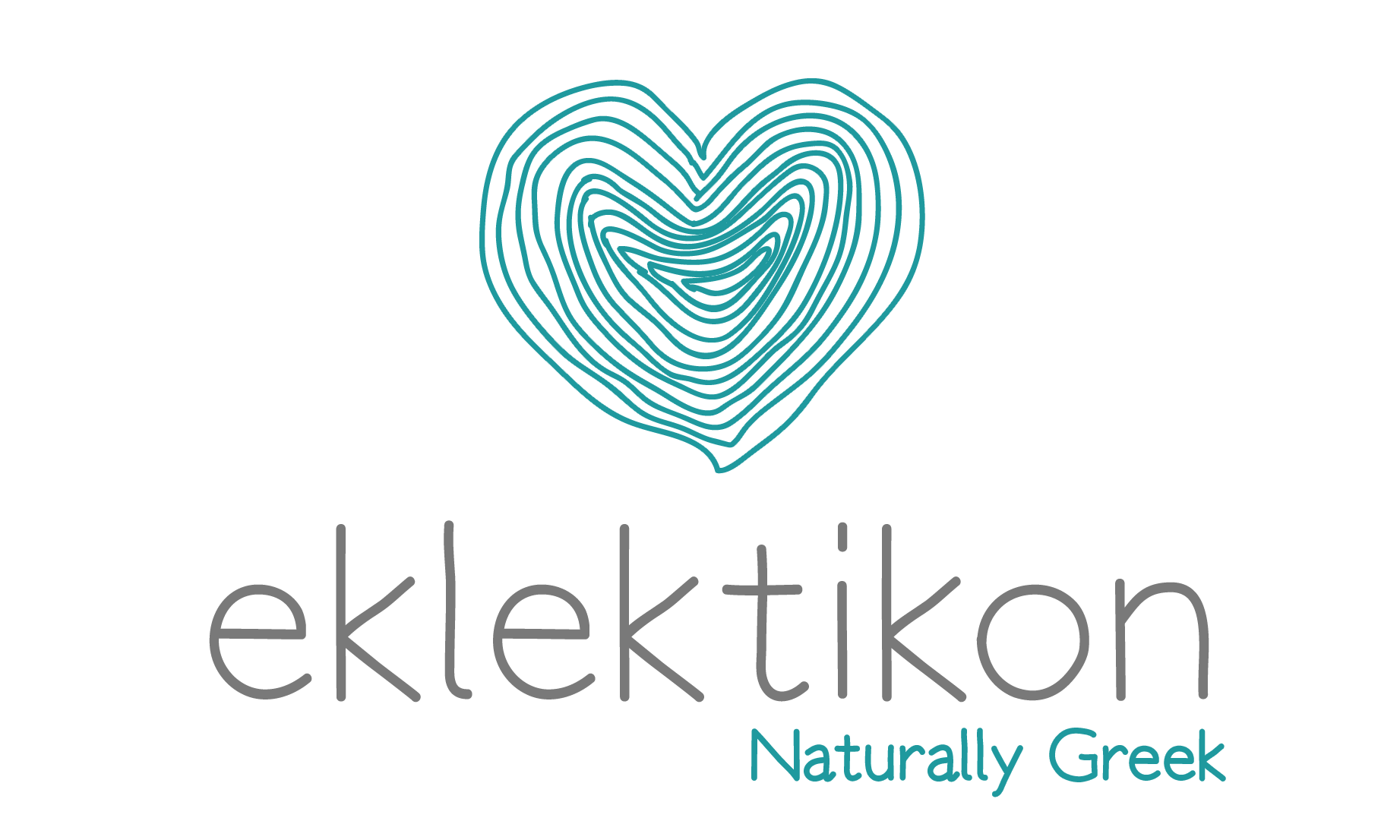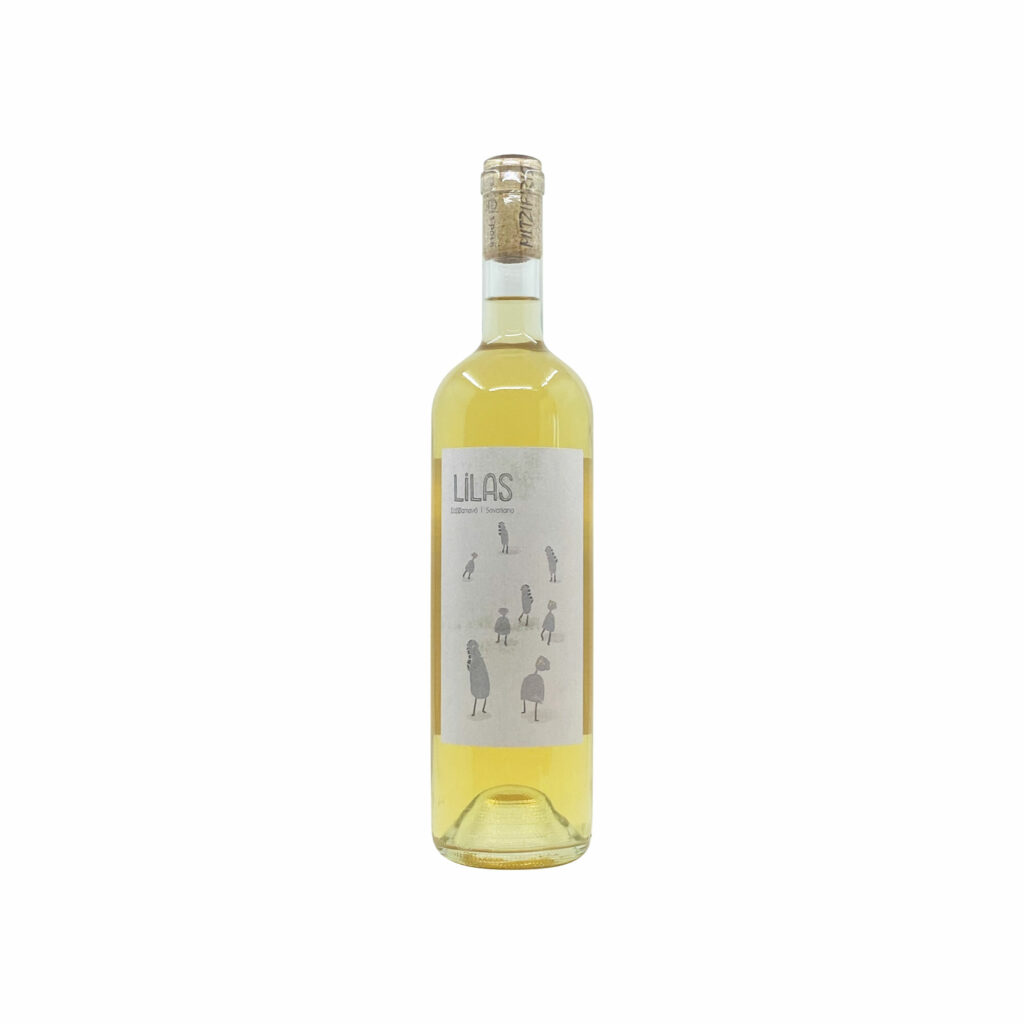Lilas white, taking its name from the nearby historical Lilas river, is a restoration of the battered Lilantine field (erosion from the ceramic industry and brutal ancient wars) and a return to production of beautifully expressive products.
- Grower: Mitzifiris
- Vintage: 2022
- Type: White Dry Wine
- Grapes: Savatiano 100%
- Appellation: PGI Lilantio Pedio
- Alcohol: 11.50%
- Bottle: 750ml
- Viticulture: Certified Organic
- Vinification: Straight forward natural vinification of organic Savatiano, with mild direct press, in stainless steel tank, with zero additives, except for some sulfuring upon harvest and after malolactic completion.
- Files:


